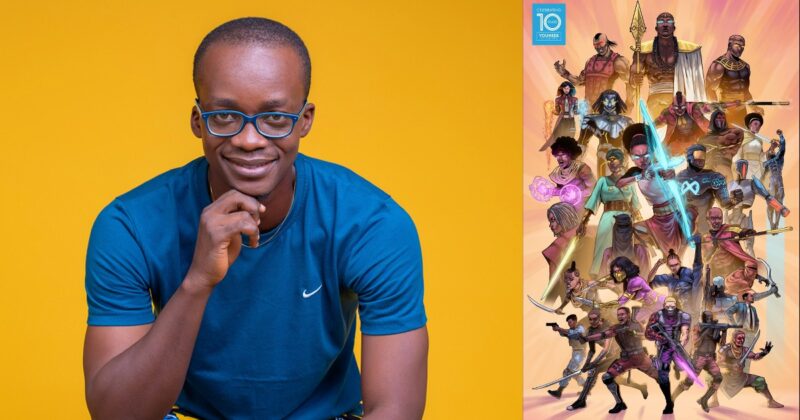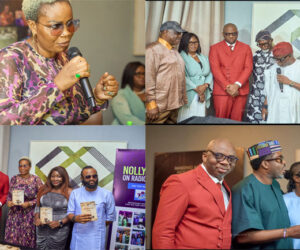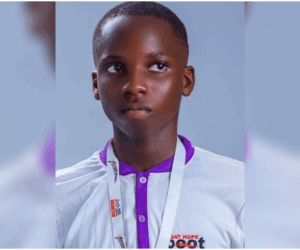After working for four years as a corporate communications officer for an accounting firm, Sunkanmi Akinboye quit his job to focus on comic books and bring digital novels to life.
More than a decade later, his projects, which include an African-themed cartoon series, Iyanu: Child of Wonder, have made it up to global cable channels like Cartoon Network and Home Box Office (HBO).
In this edition of After Hours, Akinboye shares his journey into animation and how comics and digital novels went from being something he enjoyed to a full-time job.
From corporate comms to graphics
Growing up, I’ve always been a creative person. I remember my earliest memories were always getting into trouble for drawing in my siblings’ books. If they had a blank page in a textbook or an exercise note and left it lying around, they would find comics drawn in it.
That’s where I started from. I attended Yaba College of Technology (Yabatech) and then moved on to the University of Benin (UNIBEN), where I graduated with a Bachelor of Arts in Graphic Design.
My final year project was actually a graphic novel. In school, I was augmenting the money I was getting from my parents by taking some comic book jobs. My lecturer saw me drawing comic books in class and wanted me to make that my project.
Most of those comics gigs got me through university. By 2010, after finishing school, I got a job as a communications professional for an accounting firm, where I worked for four years. When I left, I dived into comic books and graphic novels full time.
I’ve been a comic book professional since then, working with YouNeek Studios. So far, I have produced over ten graphic novels for them, including character designs, backend wall production, and the entire publication process.
Working in corporate communications has also helped me better understand messaging and communicate my illustrations.
Imaginations to Cartoon Network
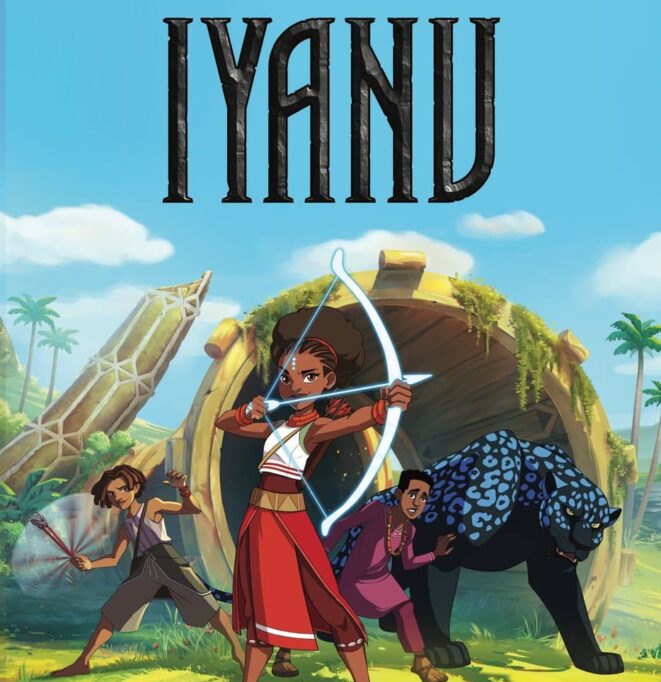

For me, comics were the best medium to express my imagination growing up. In my head, I had explosions and flying aliens, and drawing a portrait just didn’t give it any form of life. So naturally, I believe I fell into that line of work.
I went to a boarding secondary school, and my friends would say, “Draw me Mortal Kombat comics,” and I would go crazy for it, and they would exchange the drawings for milk.
In 2014, when I met Roye Okupe of YouNeek Studios and Ibrahim Ganiyu, one of my mentors, I wanted to enquire about the future of this industry. That was because I did not want to make decisions based on just emotions.
Like I said, I was already working at the accounting firm, and even though it wasn’t as rewarding, I needed to base my decisions on more than just emotions.
So we discussed where the industry was going, and we realised that the skill set required to produce comic books is transferable to a lot of other creative enterprises. As an illustrator, I can work as a comic book artist, a storyboard artist for animation, or a visualiser in an ad agency.
Roye Okupe was just starting his graphic novel franchise, and so I quit my job and jumped on his bandwagon.
It’s been rewarding because our Iyanu Graphic Novel has become a feature-length animated movie on Cartoon Network and Home Box Office (HBO). Plus, the series is on sale out there. I took that leap decades ago, and now this is how far it’s brought me.
It came from consistency because first we landed a ten-book deal with Dacos Studios, one of the largest publishers in America. After that, we got the attention of Lion Forge Animation.
Bringing the characters to life
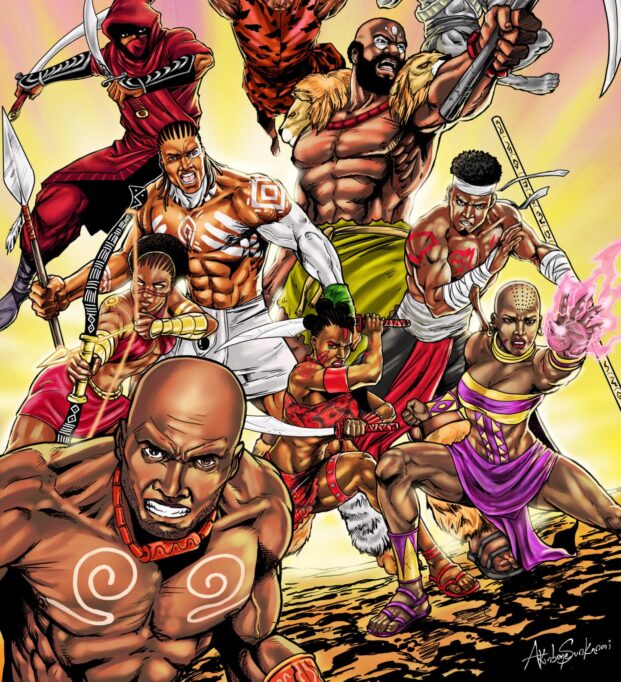

Each character is unique. I usually try to put myself in the shoes of the character. I’m also a firm believer that there are few new foundations to any creative work.
They may be new creative works, but the foundations are the same, which means someone somewhere has something similar or close to what you’re trying to create to some extent, and if you can find it, you can build up from it and bring out something better.
So I look for references and similarities in my characters and ideas. I take that and put it in a different scenario, a different setting: Africa.
I’ll be honest, as a creative, we don’t always have this intense and amazing idea. It could pop out of nowhere sometimes; artists could be inspired by literally anything. It could be a movie, a picture, or even a song, and then you’re up by 2 a.m. basking in your great idea.
I take whatever crazy idea I have and put it into a step-by-step process model to create this character.
“What’s the purpose? What’s what are you communicating? Who’s going to read this? Who is it for? Is this entertainment? Is this marketing?”, and then that defines whatever crazy idea comes into my head.
I currently use an S Pen graphics tablet, which is “awesome” for drawing directly on a digital device. Previously, I used a WACOM tablet. When I started comic books, we drew on paper and then had to scan it, which took ages because you had to use an A4 scanner.
For my layouts, I use Clip Studio and Photoshop for the digital colouring and design. I sometimes use AI. It is still quite limited in what it can produce. But it’s useful for generating references, though not all the time. So I also use it for some small research extrapolation of ideas.
So I have an idea in my head. I can ask to extrapolate and see what it comes up with. Sometimes I laugh because it’s interesting, and sometimes I’m like, “What is this?” So yeah, it’s funny. If it works fine, if not, I always have my pen and paper.
Collaborations and payments
Comic book production requires several hands. One person can do a comic book or a graphic novel from beginning to end, but it is a daunting task. From a creative standpoint, I discovered it is exhausting.
For a digital publication, there’s the artist who draws in black and white, and there’s digital colouring, lettering, and layouts for prints. If someone is skilled and experienced enough, they may be able to do everything.
There are times when each of these graphic novels is at least 100 pages, and it takes about a month to design 20 pages. In about 5-6 months, I’m exhausted and sick and tired of looking at the character, which may cause me to colour it badly.
This is why visual artists collaborate and work with several others on a project.
Graphic novels animation is still a growing industry. And I will say that the spotlights hit Africa around the time we had Black Panther.
Before then, a lot of this company will still take the storyboard jobs to just South Africa without even considering that in Nigeria, a country of over 200 million people, there is probably an artist who can do it.
So it’s been tough, but it’s also been rewarding. On average, illustrators get about $50 a page, but I charge about $80-$100 for one page.
If I weren’t into visuals and comics, I would be a martial arts instructor. I currently teach martial arts and self-defence on the weekends, so I would consider that a job. If you don’t find me drawing, you’ll probably find me doing that.

